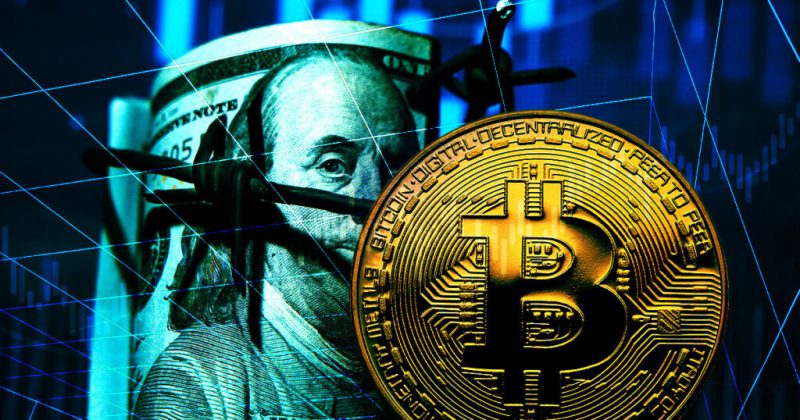The United States reached its $31.4 trillion statutory debt ceiling on Jan. 19, 2023. The development justifiably raised a lot of questions among investors and policymakers. Treasury Secretary Janet Yellen said she would take “extraordinary measures” to help the government meet its obligations for at least five months. However, that was in January, almost three months ago. Part of the crypto community is worried about how the U.S. Debt Ceiling would affect Bitcoin (BTC) and the digital asset market. So let’s take a look.
The U.S. Debt Ceiling is the maximum amount that the government can borrow to meet its financial needs. Therefore, the Treasury is not permitted to issue any additional bills, bonds, or notes after the cap is reached.
Yellen claimed that without raising the ceiling, the government could only pay its obligations into early June 2023. However, others have predicted that the government will run out of funds and borrowing options sometime in the third or fourth quarter of this year.
If the U.S. Debt Ceiling is not dealt with, the consequences will be felt across the board, including equities, bills, bonds, Bitcoin (BTC), and other cryptocurrencies.
How will Bitcoin react to the US Debt Ceiling?
Assets in money market funds, which are considered low-risk, are already seeing a surge in record numbers.
However, one of Yellen’s “measures” could be a limit on the amount of new debt that can be issued. There will be fewer U.S. Treasuries available as a result, which will increase prices and decrease yields. Lower rates are favorable for riskier assets as they imply a more accommodative monetary environment. The majority of the movement in stocks, cryptocurrencies, and other risky assets since the beginning of 2020 has been in the opposite direction of the yield in the U.S.
In such an environment, cryptocurrencies such as Bitcoin (BTC) may prosper. Moreover, if the U.S. Dollar begins to lose its value, investors may move to other assets such as cryptocurrencies. The ensuing flow of funds might mean a surge in BTC prices. However, the Fed is yet to decide on how it plans to tackle the problem of the U.S. Debt Ceiling.





